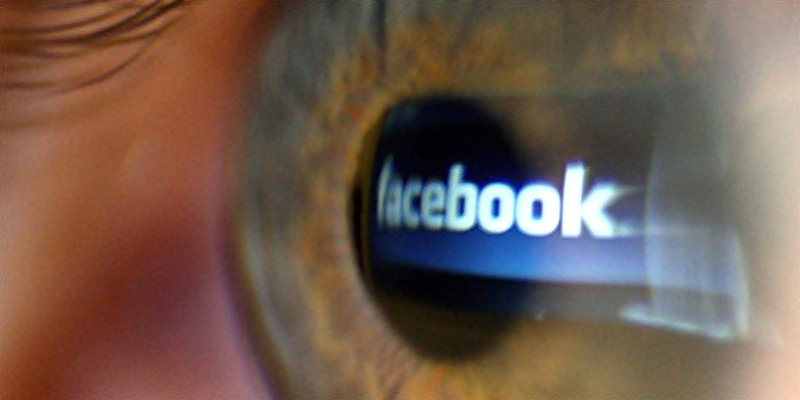A stark warning has been issued over the potential dangers faced by web-surfing youngsters after a shock report revealed a Tayside youngster is exposing information to 1,500 online ”friends”.
Statistics reveal it is not unusual for local primary school pupils to have between 200-300 social networking friends, giving rise to grave concerns over their online activities.
There are fears that these youngsters, along with thousands more across Tayside and Fife, are putting themselves at risk from internet predators who latch on to naive school children, exposing them to explicit, indecent images and behaviour by engaging them in what seems at first to be innocent chat.
Across the regions teenagers have been sexually assaulted while others have been driven to attempt suicide through bullying or sexual abuse.
A Dundee businesswoman whose daughter nearly took her own life earlier this year has called for more to be done to raise awareness of what she says is a massive problem.
Susan Butchart (37) found her 15-year-old daughter had attempted suicide after anonymous people had told her through the Spillit website that she should kill herself.
Many of the kids at her school had signed up to the site and her daughter started believing the hateful messages.
Just before Christmas last year she sent messages to five of her friends on Facebook to say goodbye.
One friend’s father alerted Susan, who raced home from work to find her daughter had attempted suicide.
Susan mounted a campaign to get the website shut down and reported the matter to the police.
”I think more should be done to raise awareness,” she said. ”That site should have been shut down, anybody can set up an account and you just have to tick a box to say you’re over 16, but who knows who is doing that?”
Spillit, which has since changed name to What Do You Like About Me, said they had since scrapped anonymous posting and made it obligatory for users to be 16 or over.
Susan’s call came as the case of the Dundee secondary pupil with 1,500 friends came to light in a council report.
An e-safety group involving the local authority and its partners has now been created to tackle the growing problem of too many children posting personal information.
Many primary pupils have 200-300 online friends and the report warns they ”simply do not recognise how easy it is to change your identity online.”
Dundee pupils get Stranger Danger talks to try to raise awareness of this problem, but the report shows that community safety workers have raised three child protection concerns due to this type of behaviour.
City schools have also been a major source of calls for assistance from the community safety team, which provides internet and technology training.
The report explains: ”This is mainly due to the increase in the number of bullying and inappropriate incidents via technological means. Overall, there is a real concern about the number of children and young people with Facebook accounts that have no privacy settings and the amount of personal information that is being posted.”
Dundee’s community safety manager Liz Kay said e-safety has been increasingly on the agenda for those who work with children, young people and vulnerable adults.
Work is under way to tackle threats and she hoped the new strategy would play a part in that and keep those at risk ”safe and free from danger.”
John Carr of the Children’s Charities’ Coalition on Internet Safety (CHIS) said: ”Children really do need to learn about the importance of keeping themselves safe when they go online. Accepting huge numbers of strangers as friends is a very bad idea.”
Time for questionsIf you are one of Facebook’s nearly one billion users, ask yourself a question.
When you post that risque photo from your works night out, do you really know who can see it? Could you name them?
You probably have a circle of close friends you hope see it, and you will also be aware that your other ”friends” a loose concept online may also have a look.
But what about the friends of all these friends people you may not know?
As Facebook adopts increasingly complex tools to expose us to ever more ”interactions” and the advertising these extra pageviews generate there are fears users are losing control of who sees what.
That is what lies behind many of the concerns listed in the council report.
Although Facebook would point to its privacy controls, few parents would claim to have taken the time to really master them.
If they haven’t, what are the chances that their children will have done so?
And, of course, Facebook is just one site. Twitter and new sites to come will try to challenge its current social media supremacy, and each will pose its own risks.
No child has 1,500 friends, and a friend of a friend may be no friend at all.
Social media has mushroomed because we like it. But the privacy debate has only just started.
Photo Dominic Lipinski/PA Wire
